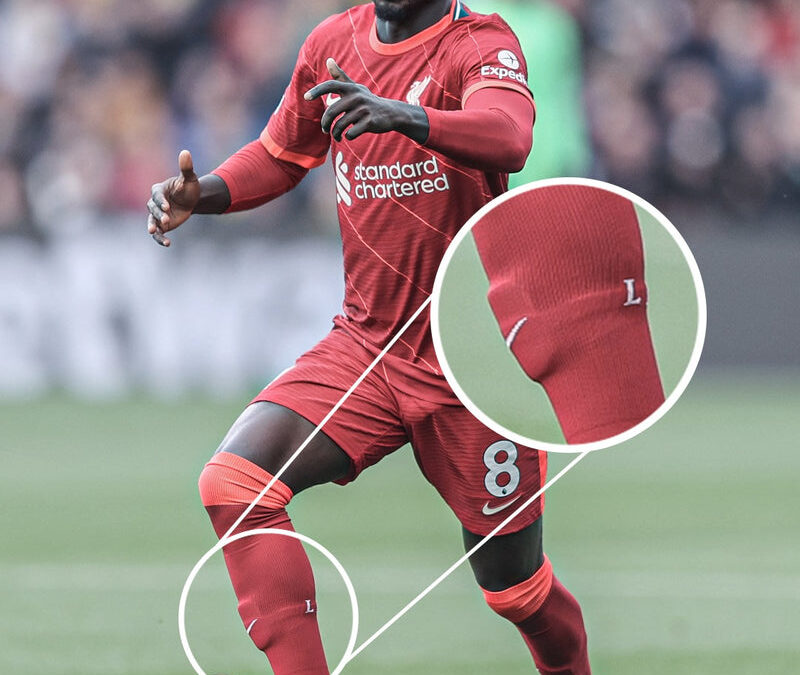Shin pads, or shin guards, have been a crucial part of football gear for over a century, originating in the late 19th century. Initially, they were adapted from cricket pads and were large and cumbersome, covering much of the lower leg to provide maximum protection against the heavy leather balls and rough tackles common earlier in football. The primary purpose was to prevent injuries such as bruises, fractures, and cuts, as the sport was more physical and refereeing was less strict compared to modern times.
Over the years, shin pads have significantly shrunk in size, reflecting changes in the game’s dynamics and equipment technology. Modern football emphasizes speed, agility, and skill, which has led to the development of lighter, smaller shin pads that offer sufficient protection without hindering movement. Advances in materials, such as high-impact plastics and foam, have allowed for the production of slim, lightweight guards that still provide excellent protection. The shift towards smaller shin pads also corresponds with improved officiating and stricter enforcement of fouls, reducing the frequency of severe leg impacts.
The popularity of smaller shin pads today can be attributed to several benefits. Firstly, their reduced size and weight enhance players’ mobility and comfort, allowing for greater freedom of movement and quicker reactions on the field. This is particularly important for modern players who prioritize speed and agility. Secondly, the advanced materials used in smaller shin pads offer superior protection relative to their size, ensuring players feel secure without feeling weighed down. Lastly, smaller shin pads are less obtrusive, leading to a more natural feel and fit under the socks, which is crucial for maintaining focus and performance during high-intensity matches.
